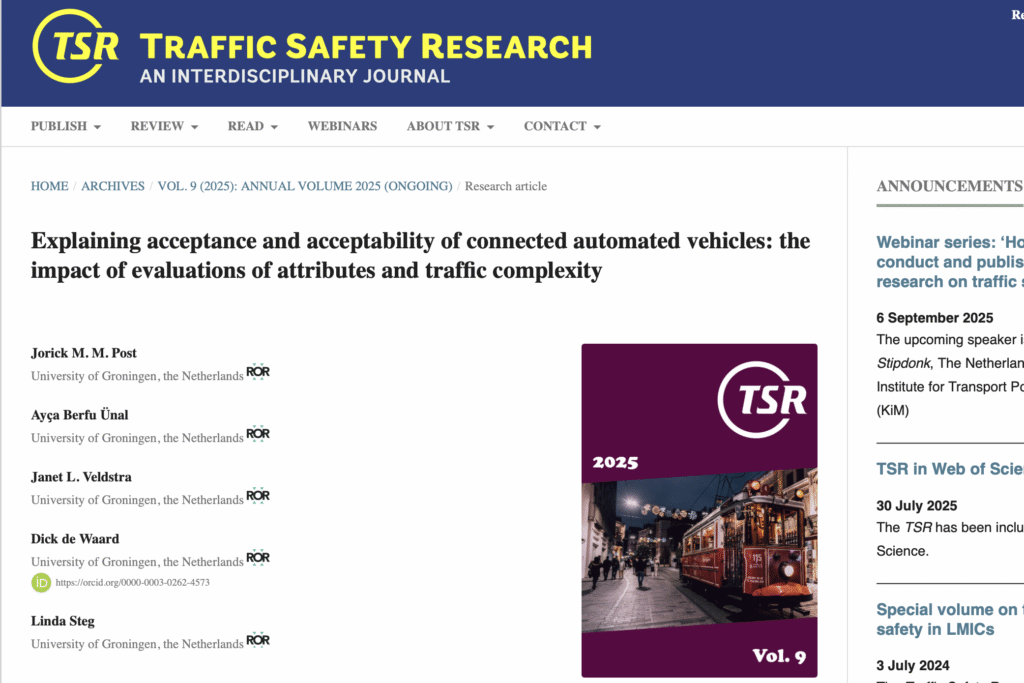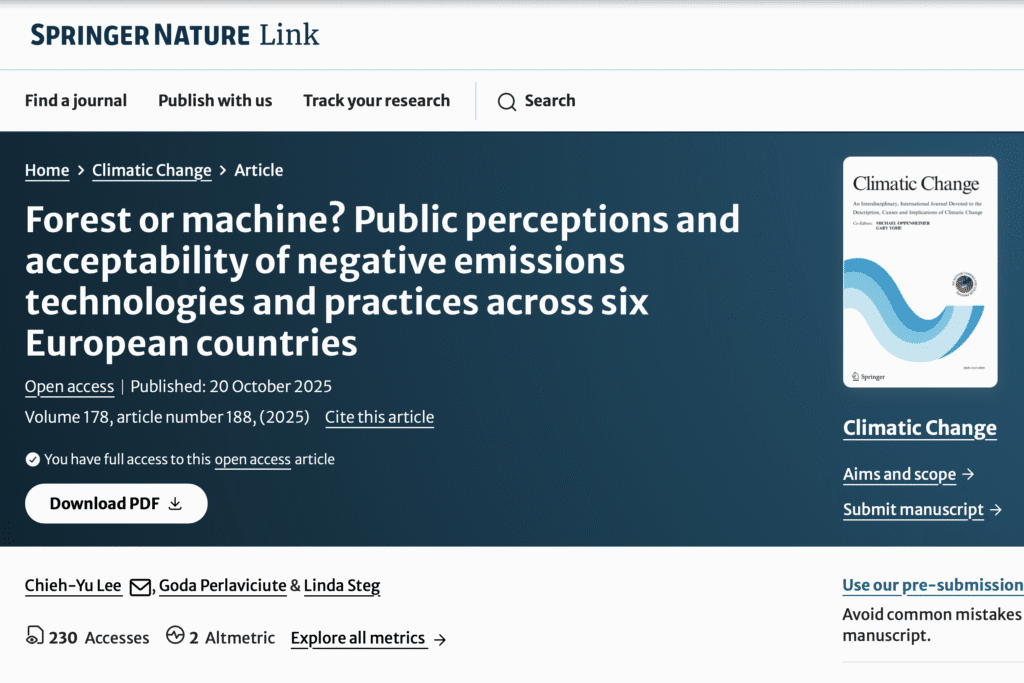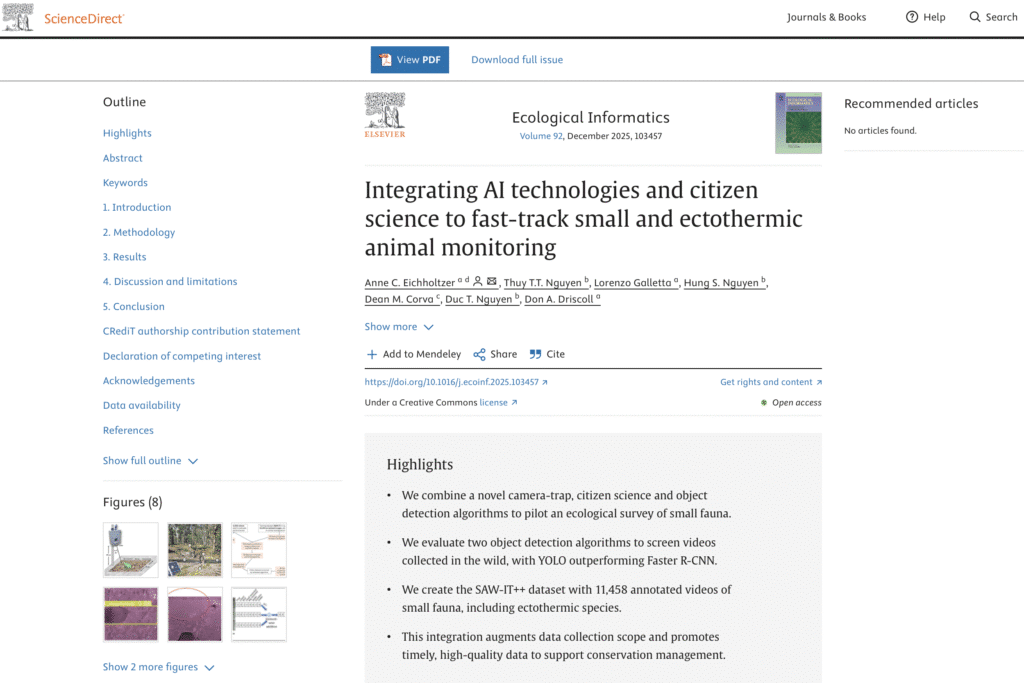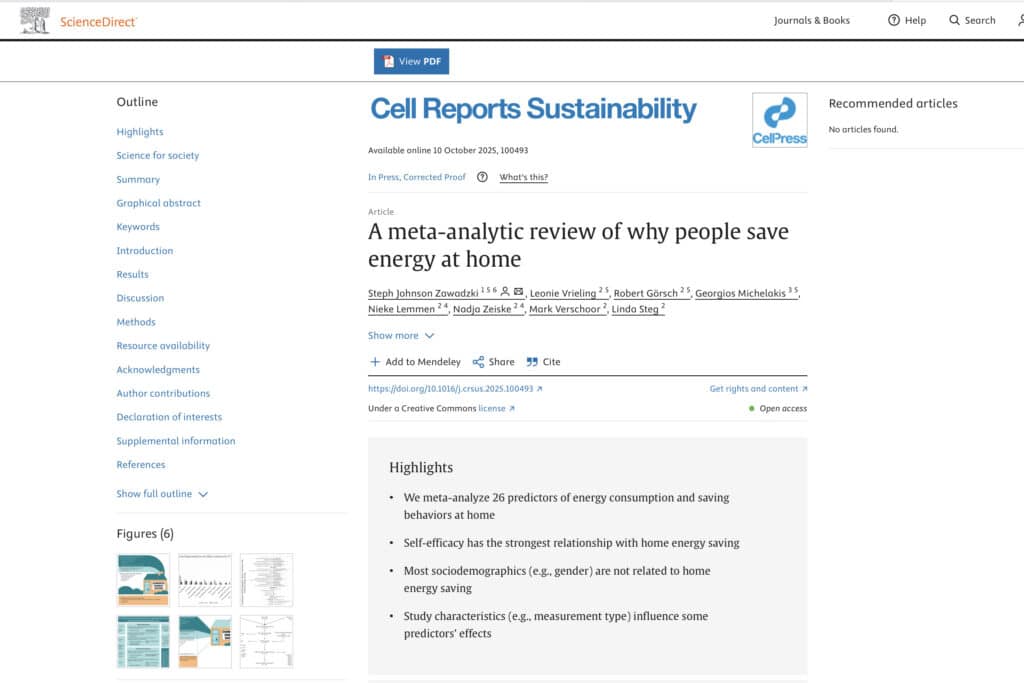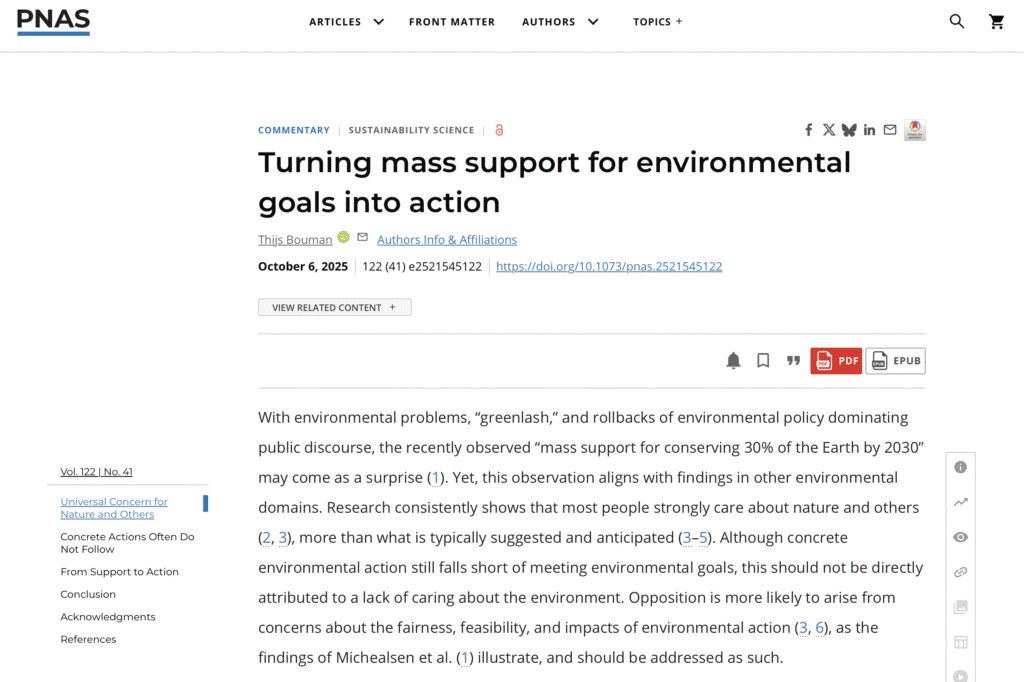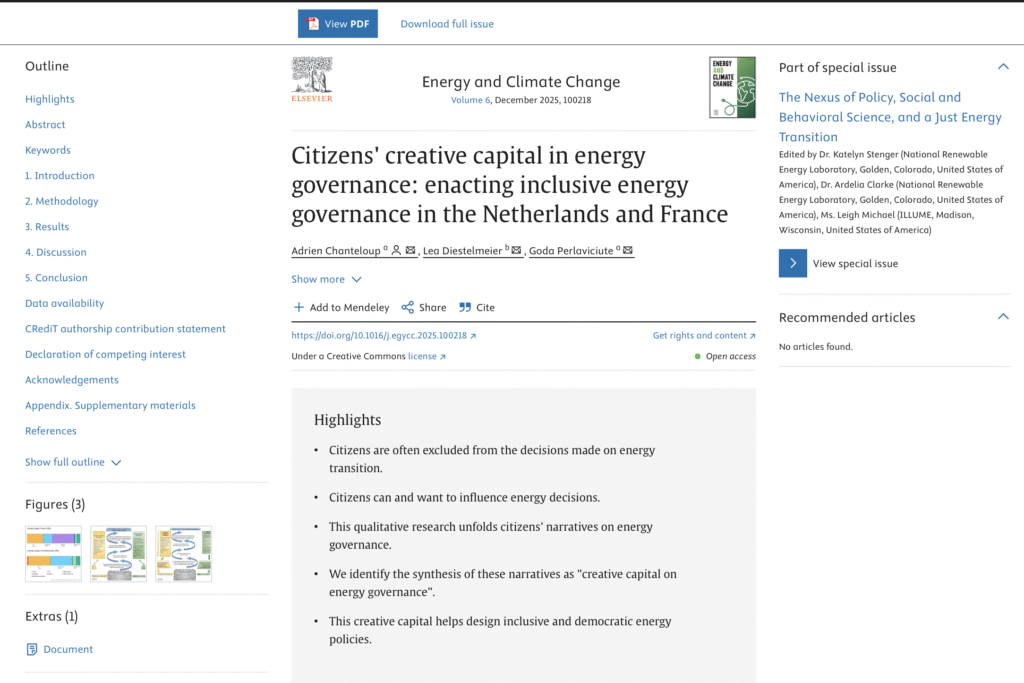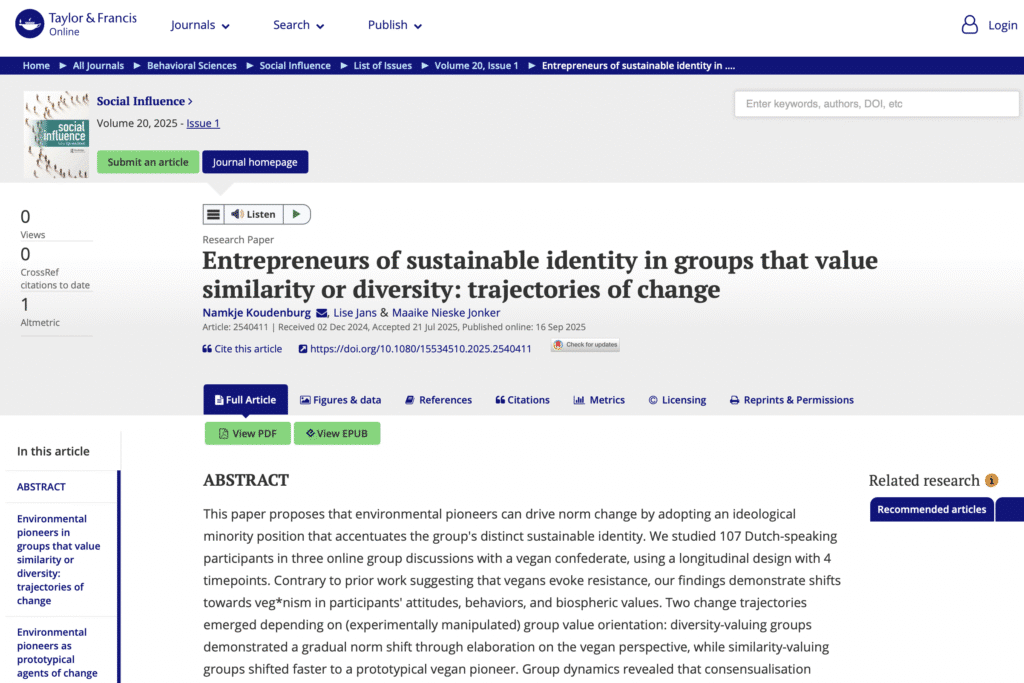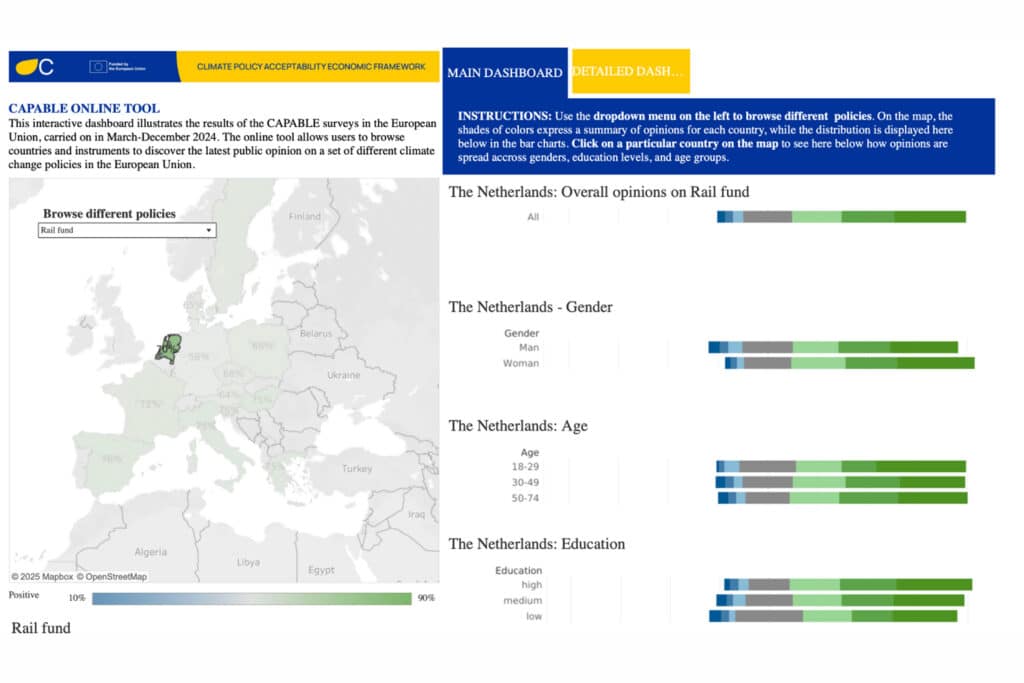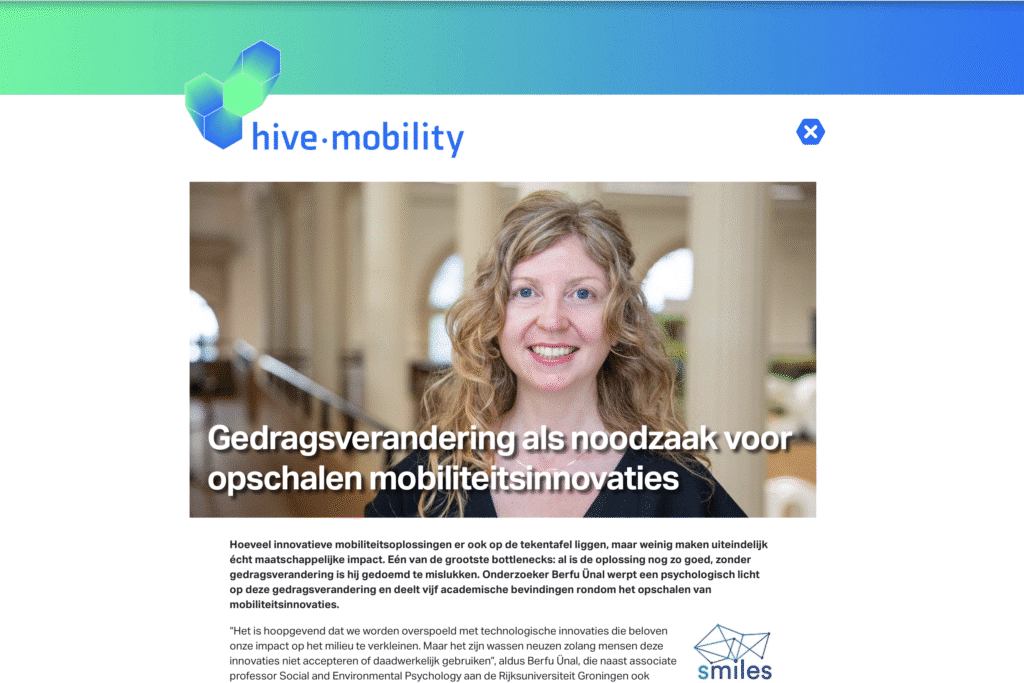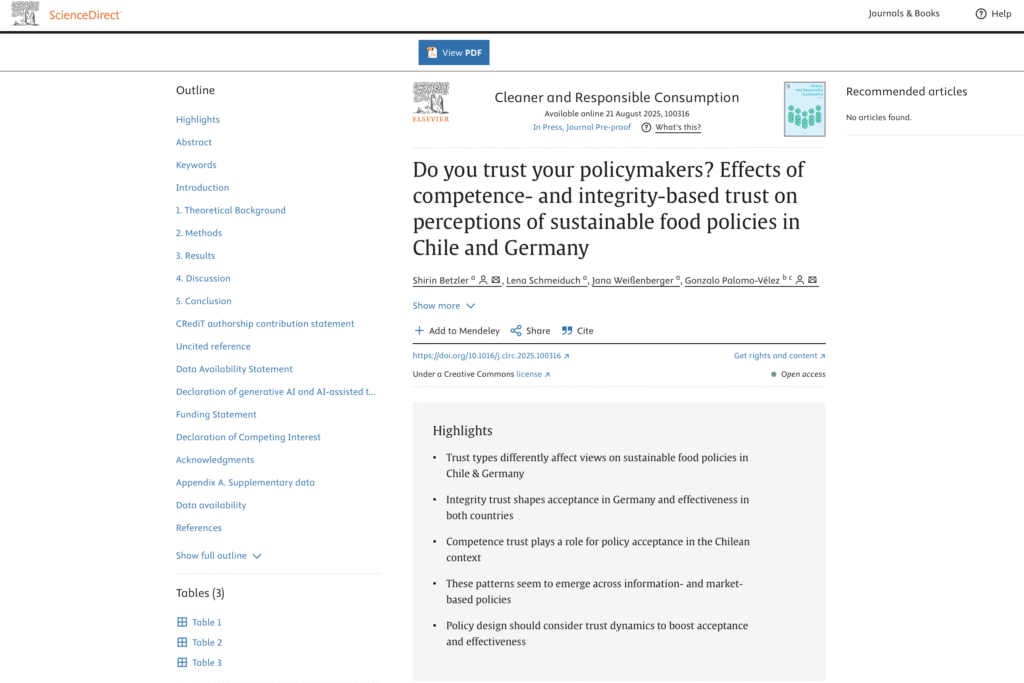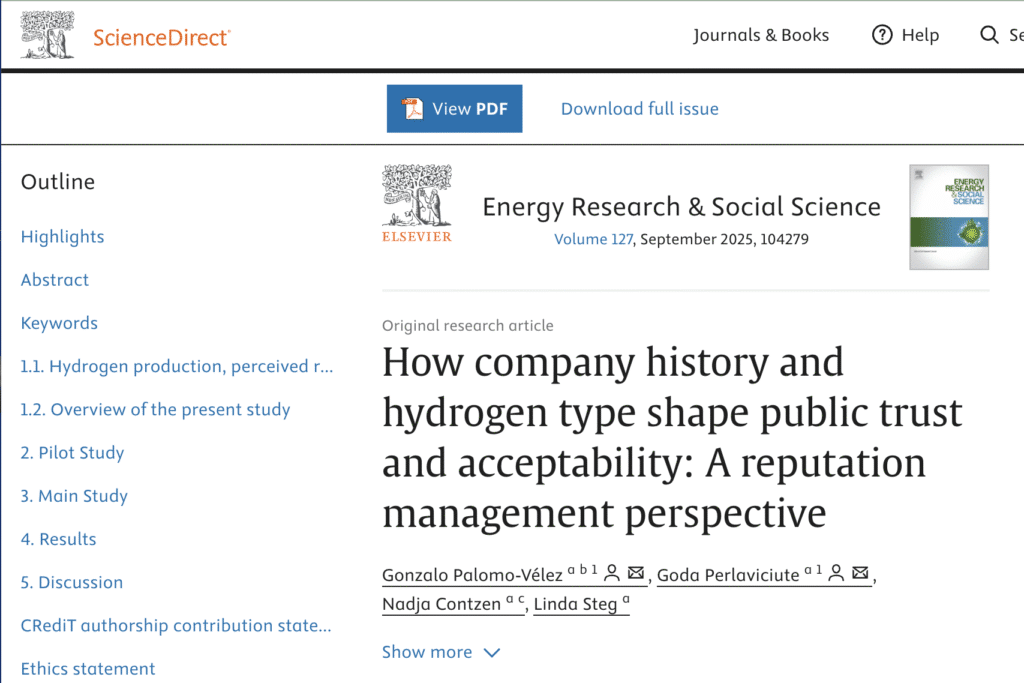ABSTRACT
Connected Automated Vehicles (CAVs) may, when available, be able to reduce greenhouse gasses emissions caused by the transport sector, and may increase traffic safety. In order for CAVs to be adopted by the public, they first need to be accepted (i.e., evaluated positively). Therefore, it is critical to identify the predictors of CAVs’ acceptability (general evaluation before experience) and acceptance (willingness to use after experience). We examined to what extent evaluations of different attributes of CAVs are related to acceptability and acceptance, and to what extent acceptability and acceptance are related. Specifically, we hypothesised that more positive evaluations of safety, trustworthiness, instrumental, and hedonic attributes would be related to higher acceptability before experiencing a CAV, and to acceptance after experiencing a CAV. To be able to assess acceptance, we conducted a driving simulator experiment (N = 46). This enabled participants to experience a CAV in both a low and high traffic complexity scenario, and we could examine to what extent experiencing a CAV influences the evaluation of CAVs. Our results show that experiencing a CAV can enhance perceived safety and trustworthiness of CAVs. Further, both acceptability and acceptance were higher when the CAV was evaluated more positively on the attributes before and after experiencing a CAV, respectively. Safety attributes were more strongly related to acceptability than acceptance, while hedonic and instrumental attributes were more strongly related to acceptance than acceptability. In contrast to our expectations, traffic complexity did not affect acceptance, perceived safety, or trustworthiness of CAVs after the simulated drive. These results suggest that policies aimed at enhancing safety, driving pleasure, trustworthiness of CAVs, and by ensuring that CAVs are able to meet people’s mobility needs could increase both acceptability and acceptance of CAVs.
Explaining acceptance and acceptability of connected automated vehicles: the impact of evaluations of attributes and traffic complexity
Jorick M. M. Post, Ayҫa Berfu Ünal, Janet L. Veldstra, Dick de Waard, Linda Steg
12 September 2025
Traffic Safety Research
https://doi.org/10.55329/hpix8038
